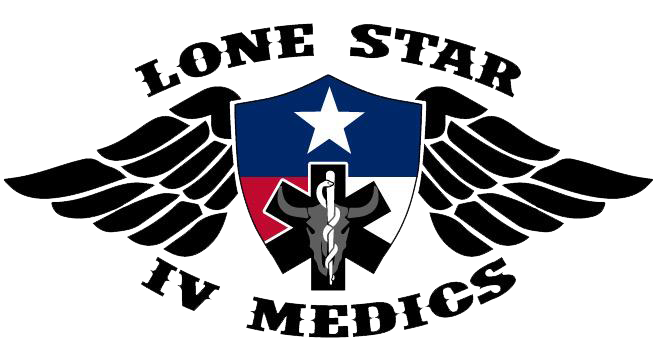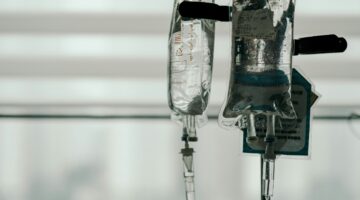
Bristol-Myers Squibb (BMS) has deepened its pipeline for fibrosis drugs with the acquisition of a new class of investigational siRNA molecules from Nitto Denko Corporation.
The worldwide licensing deal, announced Thursday, includes Nitto’s lead candidate ND-L02-s0201, currently in Phase 1b trials for the treatment of non-alcoholic steatohepatitis (NASH). NASH is an advanced stage of non-alcoholic fatty liver disease and a major cause of liver fibrosis.
It’s all very early stage, said Peter Traber, chief medical officer, president and CEO of Galectin Therapeutics, which has a Phase 2 drug in development for late-stage NASH. But with the immense market potential, Bristol-Myer’s $100 million upfront payment still makes sense.
“It’s the largest liver disease in the world and there are no current therapies that are approved by the FDA for it,” Traber said in a phone interview. “Most people in the business feel it is the richest opportunity for blockbuster drugs that exists right now.”
Various industry reports seem to confirm that. A 2014 Deutsche Bank industry report, titled “NASH — the next big global epidemic in 10 years?” estimated that the market could peak at $30-40 billion by 2025. A Newsweek article earlier this year described NASH as a “public health time bomb that may soon overload our health care system with hospital admissions.”
Approximately five percent (15.9 million) of Americans are believed to have non-alcoholic steatohepatitis, but it’s just the tip of the iceberg.
NASH is a progression of non-alcoholic fatty liver disease (NAFLD), which affects an estimated 75-100 million Americans. NAFLD involves an abnormal build-up of lipids in the liver, driven by obesity and other lifestyle factors. While alcohol can also cause fatty liver, those cases are classified as a distinct disease.
Fatty liver is considered a ‘silent epidemic.’ It is typically asymptomatic and largely problem-free. Over time, however, the high lipid content can cause liver inflammation and then scarring, known as fibrosis.
After many years, that scarring can lead to cirrhosis, in which the fundamental structure of the liver collapses. Patients that have progressed to this end-stage liver disease are often critically or fatally ill and in need of a liver transplant.
All stages of non-alcoholic fatty liver disease are on the rise, driven by the national and global rise of obesity. A massive two-thirds of U.S., patients over 50 years old, with diabetes or obesity, are believed to have nonalcoholic steatohepatitis with advanced fibrosis.
Those projections are fueling a crowded research pace, as many companies try to tackle the disease from different angles. Along with BMS and Galectin, Novo Nordisk, Merck, Allergan, Pfizer, Intercept Pharmaceuticals and more are jostling for a breakthrough drug.
According to Traber, there is an important distinction to make within the disease, which also segments the market.
“You can categorize fatty liver disease in two major buckets; it’s before cirrhosis and after cirrhosis,” Traber said. “The vast majority of drugs are trying to treat that pre-cirrhosis bucket. Not many are trying to treat the aftermath.”
In a phone interview, Mike Burgess, SVP and head of exploratory clinical and translational research at BMS, said ND-L02-s0201 was unique and perfectly suited to the advanced disease stage that the company is targeting.
“Again, I just come back to our strategic priority being late-stage NASH and in that space there are relatively few drugs,” Burgess said.
While others programs work to prevent liver scarring and damage, BMS and Galectin are working to target the long-term effects of the disease. Gilead was leading the advanced NASH field as recently as November 1, when it quietly discontinued its compound simtuzumab, after Phase 2 trials failed to show a significant effect. The company is still pursuing several pre-cirrhosis drugs.
BMS is optimistic about its new siRNA molecules, which target heat shock protein 47 (HSP47) in vitamin A containing formulations.
“We’re very excited with the data we’ve seen from Nitto,” Burgess said, adding that the company would look to release data publically in the next 6-12 months.
BMS has extensive experience developing both liver and fibrosis drugs. Regardless, the path through clinical trials will no doubt be challenging. Traber said one looming issue is recruitment for the trials, based on the limited diagnostic options.
“If 1 in 4 people in the world are affected by this, you would think that it would be very easy to find patients,” Traber said. “And it is, but there’s that issue of are patients aware of it, are their physicians aware of it.”
A definitive diagnosis of NASH currently requires a liver biopsy, a very invasive procedure with very little reward.
“Not many people do liver biopsies for this because why identify something you’re not going to treat with drugs?” Traber explained.
“Some have suggested that the number of patients required for clinical trials, probably is greater than the total number of liver biopsies currently done in the United States.”
Burgess agreed that the gold standard remains a liver biopsy, though a lot of early information can be provided through various blood tests and imaging techniques.
New diagnostics are also in development, which Burgess estimates to be 3-5 years away from impacting the clinic. The fate of those testing options could unleash a market on par with that of hepatitis C.
Livers are an expensive organ to treat. And unlike hepatitis C, there is no ‘cure’ in sight for NASH. Traber said any a non-alcoholic fatty liver drug would likely need to be taken over decades, while the patient ages.
The exact size of this particular chronic disease population remains a matter of speculation, given the lack of diagnostic options. The Deutsche Bank report projected that by 2025 around 10 times more patients will be diagnosed, as a result of new treatments and non-invasive diagnostic methods.
At that point, the silent epidemic may have converted into a blockbuster market for fatty liver drugs.
Photo: ttsz, Getty Images










